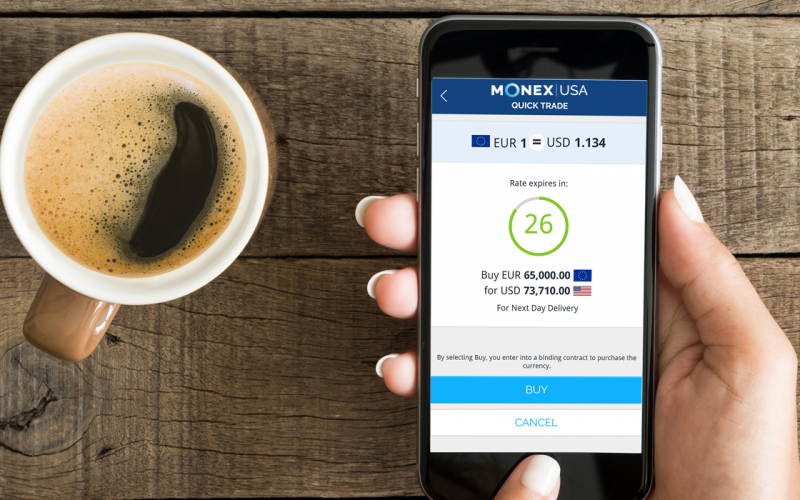Ever since 1999, the Euro has been seen as the standard for the concept of a shared currency among sovereign nation-states.
Even though there have been some obstacles along the way, the Euro has been one of the steadiest currencies in modern history, and since August 2018, has accrued the highest combined values of banknotes and coins in circulation, surpassing even the US Dollar. With all of the Euro’s success, it isn’t the only shared currency in the world. Resulting from France’s colonial past, the CFA Franc is the name for two distinct currencies used in West and Central African countries. Known as the West African Franc (XOF) and Central African Franc (XAF) respectively, these two currencies are both pegged to the Euro (100 CFA = 1 euro), which makes them in theory, virtually interchangeable with one another. The CFA franc is comprised of two different francs, serving two regions, but pegged to the same currency, and unlike the Eurozone where you can use Euro in any member state, the West African CFA franc cannot be used in Central African countries, and vice versa. It’s important to note that even though the African nations that use these currencies have a regulatory apparatus and are part of organizations like the African Union; their own central banks lack the sophistication and strength in relation to the European Central Bank of the Euro. With this in mind, let’s explore the benefits and challenges faced by the African nations using the CFA Franc. Ultimately, does it make sense for them to stick to these currencies?
Both the CFA franc and CFP franc were created on 26 December 1945. World War II left the French Franc extremely weak, so when France ratified the Bretton Woods Agreement in December 1945, the French franc was devalued in order to set a fixed exchange rate with the US dollar. They then established new currencies in many of their colonies to spare them the strong devaluation, and facilitating imports from France. A common critique of the shared currency is that it is residual of France’s colonial past in the African continent. Despite the CFA Franc being an independent currency, it relies on French support and Eurozone regulations to remain afloat. Countries in each zone (West and Central African) must pool their foreign-exchange reserves together, but half of that pool must be deposited within the French treasury. Furthermore, French delegates sit on their central banks’ boards and any major agreement changes between France and the CFA central banks require ECB consultation, both policies highlight the continual French influence on African central bank policy.
Economically, the currency had posed some risks and rewards for the participating African nations. Their inability to set their own monetary policy is a major obstacle to their economic planning. Since the CFA Franc’s value is pegged to the Euro, ECB policy solely dictates the currency’s trajectory. While this takes away a lot of agency from the African nations, supporters of the currency often point towards the fact that it helped stabilize the currencies of member states which allowed for easy flow of exports and imports between France and member countries. On the surface this seems like a boon, but in reality it is a repackaged colonial economic system that locks member states into having to rely on France for any support. Just as in the colonial era, member states rely on the export of raw materials, and with the central African members in particular, export more to France than they do to each other. Unfairly, the system also favors and rewards elites as it allows them to more easily send wealth abroad and buy imported manufactured goods at the expense of farmers who can’t easily export agricultural products.
Despite all these systemic issues, the currency has brought relative stability. In the Ivory Coast for example, inflation over the past 50 years has averaged around 6% while neighboring Ghana has averaged 29%. The currency eases trade with Europe, the two zone’s biggest trading partner and it mitigates the risks of exchange-rate fluctuations which is more attractive to foreign investors. Overall, the CFA Franc is a unique system that brings a mixed bag of results for member states in West and Central Africa. Opinions on the viability of the currency have varied, but a faction that favors getting rid of the currency entirely in favor of a more independent shared currency system has gained traction. This idea was seen as a dream in the past, but recent decisions by the African Union have made this idea more feasible. With policies like the All Africa passport which allows for freedom of movement throughout the whole continent, the African Union is taking strides in the direction of the European Union. While the possibility of a single currency on the African continent is something for the distant future, the African Union has access to a robust blueprint and can learn from the Eurozone’s mistakes as they move forward.





